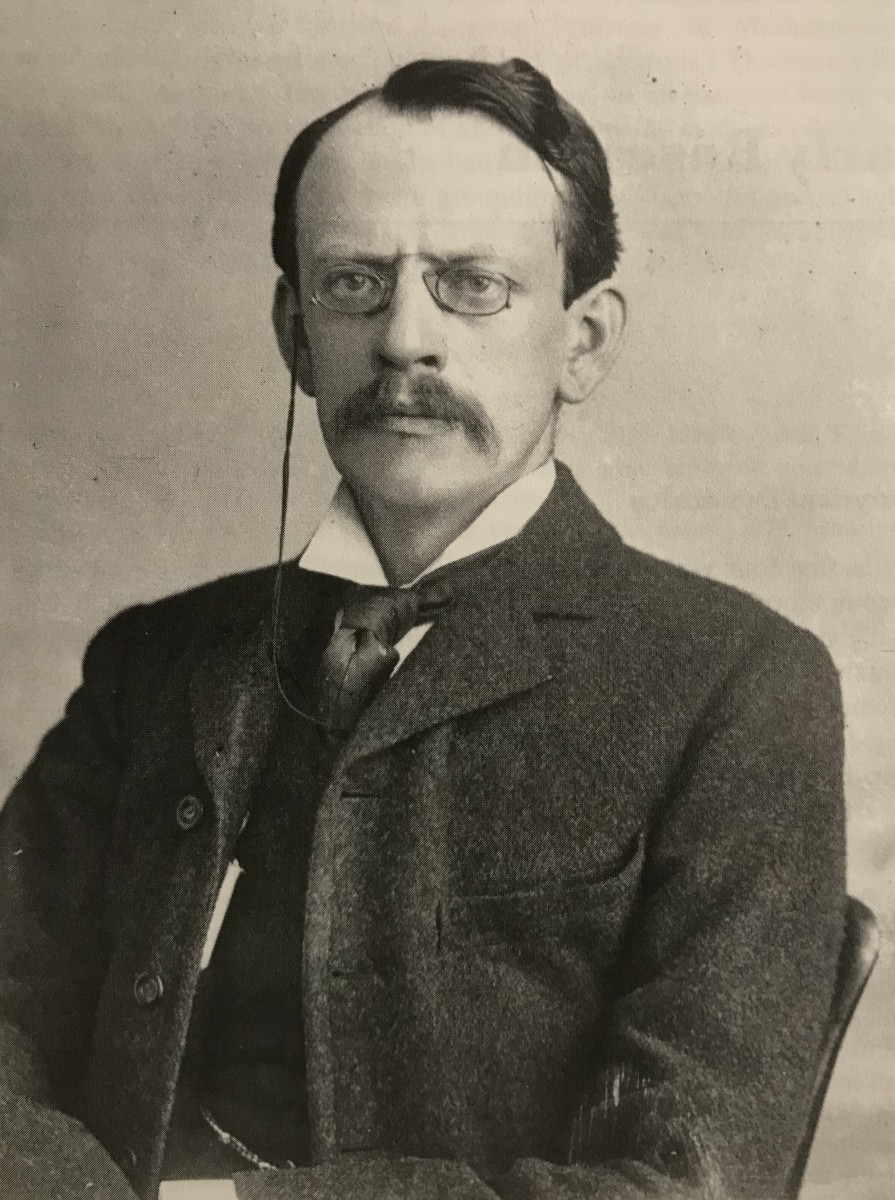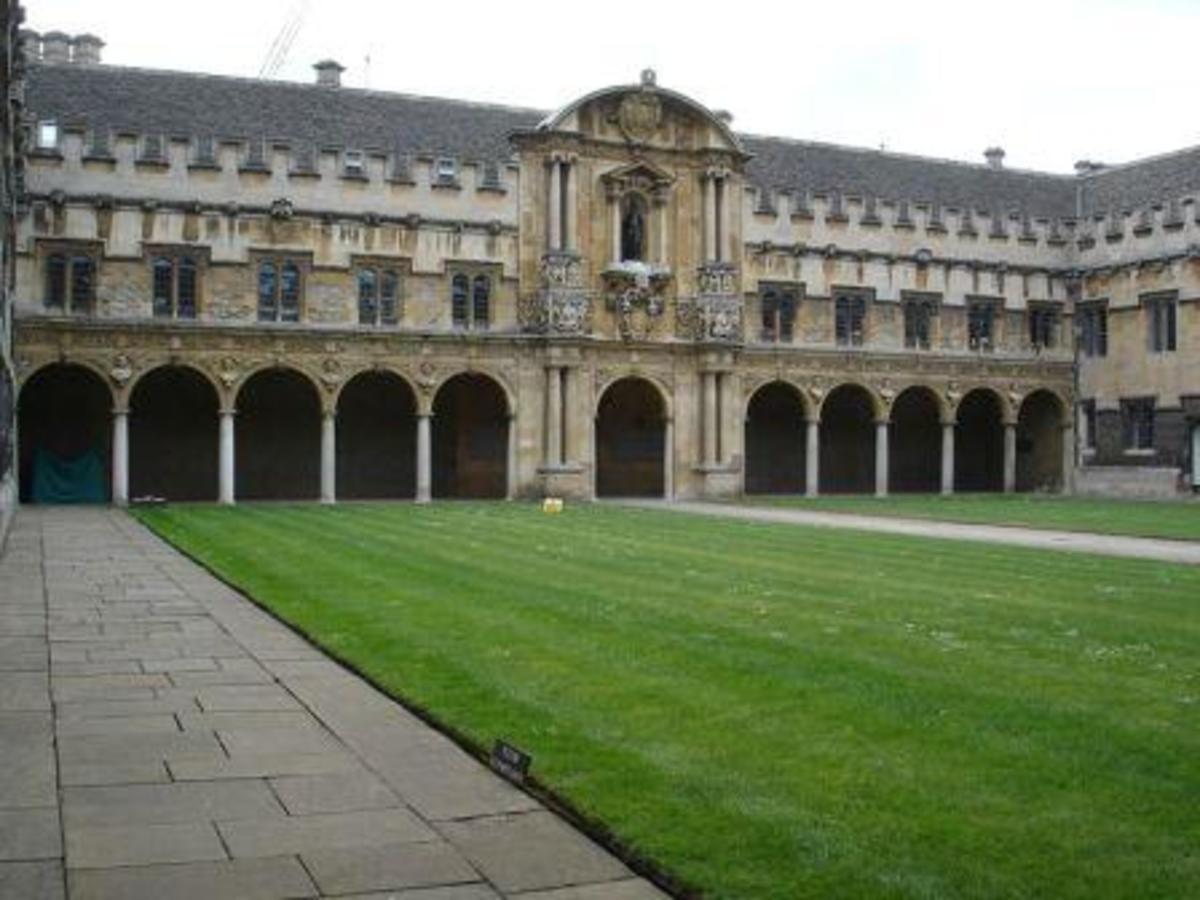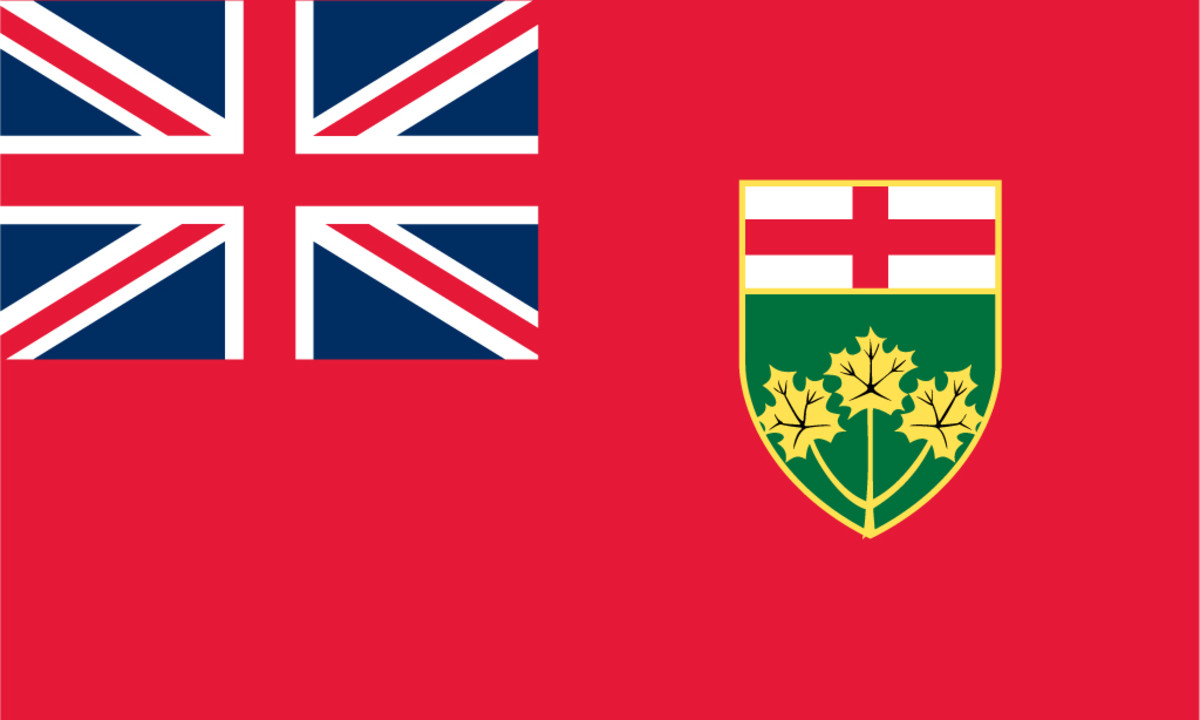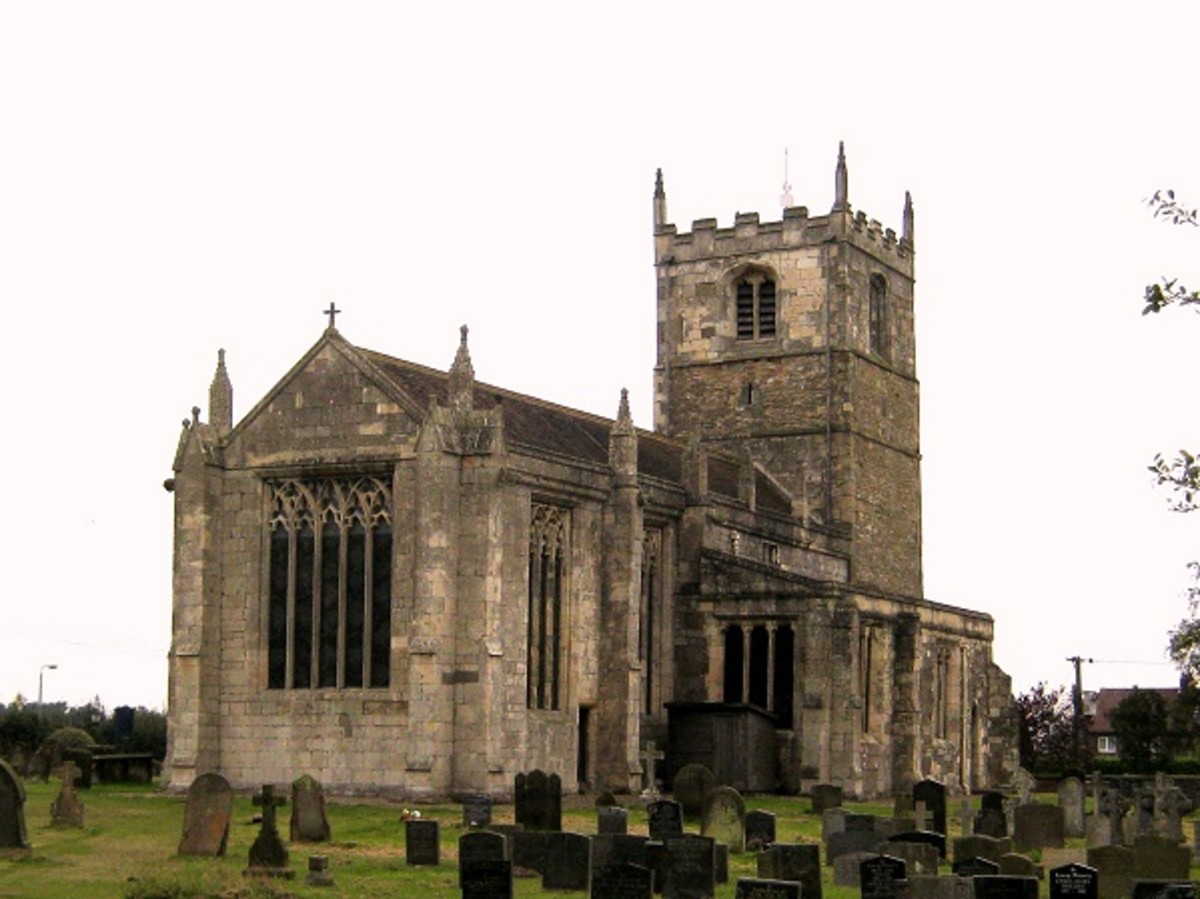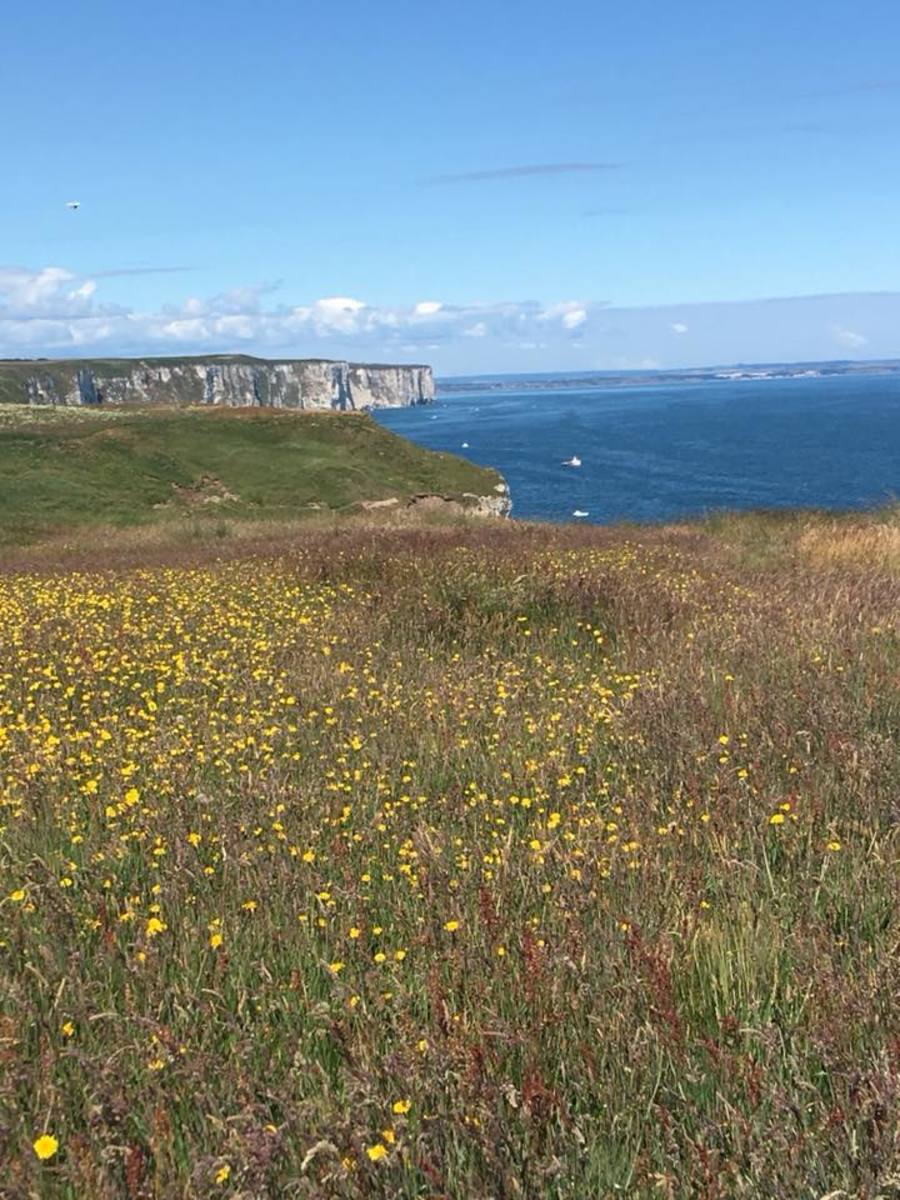- HubPages»
- Travel and Places»
- Visiting Europe»
- United Kingdom
Visiting Fitzwilliam College, Cambridge: Founded in 1966, with buildings by Sir Denys Lasdun
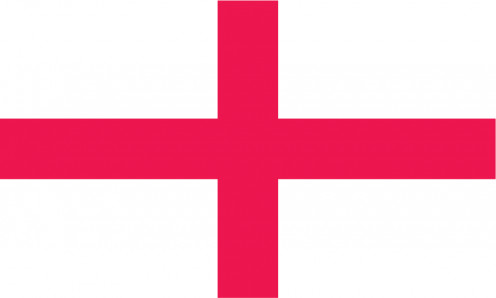


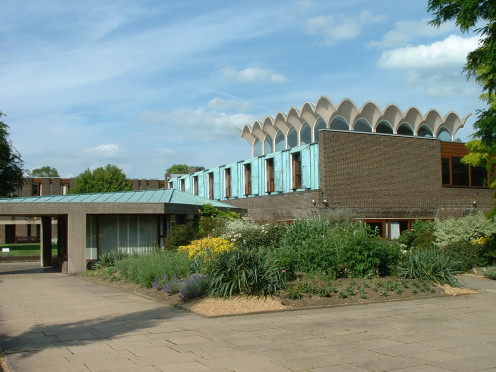
Already mature and distinguished
Although various properties have been added in later years, whether by building or by the purchase of adjoining real estate, the original College buildings date from 1960-63, the work of Sir Denys Lasdun (1914-2001)(1).
While the College's Royal Charter of Incorporation dates from 1966, the College's origins are found in a society for 'non-collegiate' students founded in 1869, to provide facilities for qualified students unable to afford College fees. This was later known as Fitzwilliam Hall, and subsequently Fitzwilliam House. By 1946, Fitzwilliam House had become the fifth largest student body within the University of Cambridge. When Fitzwilliam House opted to become a full College of the University, it thus gave its name to Fitzwilliam College. The original name 'Fitzwilliam' was derived from the fact that Fitzwilliam Hall was situated close to the Fitzwilliam Museum in Trumpington Street.
Much has been written about the design of the nucleus of buildings by Sir Denys Lasdun. C R Benstead has somewhat grudgingly conceded that 'its buildings repeat the essentials, if not the design, of the old-fashioned college, condemned to the 'modern idiom' though they are' (2). The residential ranges are said by Tim Rawle to suffer from 'repetitiveness' (3).
Personally I do find the combination of the exposed concrete floor slabs, the brown, engineering bricks and the floor to ceiling slit windows — occurring at seemingly irregular intervals — to be rather intriguing. There is something very ordered and clean about the design, in my humble opinion.
The dining hall has a undulating roof canopy, with clerestory windows. The adjacent Fellow's Parlour (as it is called) has a triangular concrete roof which seems to continue the theme of the residential ranges' exposed concrete floor slabs.
Another range of buildings known as New Court was opened in 1986, the design of Richard MacCormac. In 1998 the College acquired The Grove, a Regency manor house dating from 1813.
What is now the North Lodge on Huntingdon Road was previously the main entrance; today, the main entrance and porter's lodge, at Gatehouse Court, dating from 2003, is on Storey's Way (not far from Churchill College).
Alumnae of the College have included: Queen Sofía of Spain (1938-); Sara Thornton (1962-), Chief Constable of Thames Valley Police; and many others.
Alumni of the College have included: Lee Kuan Yew (1923-), former Prime Minister of Singapore; Sir Charles Scott Sherrington (1857-1932), Nobel Prizewinning neuroscientist; Joseph Stiglitz (1943-), Nobel Prizewinning economist; Albert Szent-Györgyi (1893-1986), Nobel Prizewinning physiologist and discoverer of Vitamin C; and many others.
At the time of writing, the Master of Fitzwilliam College is Nicola Padfield (1955-), noted barrister and academic. In 2013 the current Master replaced in that office Professor Robert Lethbridge (1947-), French scholar (4). Interestingly, prior to 1966, the head of Fitzwilliam House was known as the Censor.
January 28, 2015
Notes
(1) Other works by Sir Denys Lasdun include the National Theatre, London and the University of East Anglia, Norwich.
(2) C R Benstead, Portrait of Cambridge, London: Robert Hale Limited, 1978, p. 199
(3) Tim Rawle, Cambridge Architecture, London, Trefoil Books, 1985, p. 150.
(4) Many years ago I recall hearing Dr Lethbridge lecture at around the time that I was working on my French research thesis. A past Master of Fitzwilliam College was Sir James Clarke Holt (1922-2014), historian, whose The University of Reading: the first fifty years, Reading: Reading University Press, 1977, I have used to profit during the writing of some of these hubpages about Reading University (where I studied for a number of years).
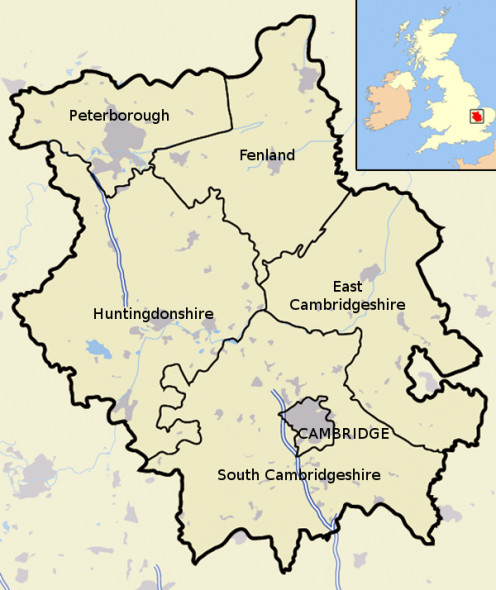
Also worth seeing
The numerous visitor attractions in Cambridge include Senate House and King's College Chapel and the most photogenic Backs along the Cam River, where several of the older Colleges, including Trinity's Wren Library and St. John's 'Bridge of Sighs', are situated. The tower of the University Library is an imposing landmark. Examples of interesting ecclesiastical architecture include Great St. Mary's (the University Church) and the Round Church. Churchill College, built on a gigantic scale — and close to Fitzwilliam College — was founded as a memorial to Sir Winston Churchill.
Ely (distance: 26 kilometres) has a striking, Medieval cathedral often known as the Ship of the Fens.
....
How to get there
United Airlines flies from New York Newark Airport to London Heathrow Airport, where car rental is available. Rail services link Cambridge with London's Liverpool Street and St Pancras railroad stations. Please note that some facilities may be withdrawn, without notice. For up to date information, you are advised to check with the airline or your travel agent for up to date information.
MJFenn is an independent travel writer based in Ontario, Canada
Other of my hubpages may also be of interest
- Visiting Churchill College, Cambridge: partly modelled on MIT, commemorating Sir Winston Churchill
Churchill College, situated off Storey's Way, Cambridge, is among the largest of the University of Cambridge's Colleges. Some history It was known that Sir Winston Churchill was impressed by the scientific scholarship of the Massachusetts... - Visiting Cambridge University, England, and Senate House: historic landmark, close to King's College
A locality with some of England's most famous sights, at a venerable seat of learning - Visiting Christ's Pieces, Cambridge, England: Town rather than Gown, a refreshingly peaceful herbace
The existence of this park area ably illustrates the justaposition and interdependence of Town and Gown in Cambridge - Visiting Peterhouse, Cambridge, England: a College, founded in 1284, at Coe Fen
In the year 1284, the mists rose from the marshland at Coe Fen, near the Cam River, in Cambridge, England. Adjacent to this fenland, in that year, a College was founded: Peterhouse (1), the University's oldest. Bear in mind that the universities... - Visiting Clare Hall, Cambridge: intimate haven of quietness for the more mature scholar
For graduate studies, this small scale Cambridge College contrasts with monumental Colleges of the University such as Churchill or Trinity. Belonging to it is 19th century 'Arts and Crafts' Elmside.


